-
 bitcoin
bitcoin $109667.069529 USD
-3.03% -
 ethereum
ethereum $3936.685804 USD
-4.07% -
 tether
tether $1.000493 USD
0.01% -
 xrp
xrp $2.771823 USD
-4.74% -
 bnb
bnb $957.805027 USD
-5.34% -
 solana
solana $196.735100 USD
-6.68% -
 usd-coin
usd-coin $0.999727 USD
-0.01% -
 dogecoin
dogecoin $0.227355 USD
-5.12% -
 tron
tron $0.335205 USD
-0.81% -
 cardano
cardano $0.779256 USD
-3.59% -
 ethena-usde
ethena-usde $0.999900 USD
-0.06% -
 hyperliquid
hyperliquid $42.492095 USD
-6.61% -
 chainlink
chainlink $20.501853 USD
-4.34% -
 avalanche
avalanche $28.952606 USD
-11.21% -
 stellar
stellar $0.356038 USD
-3.93%
How can I use Fibonacci retracements to find the best buying point?
Fibonacci retracements help crypto traders identify potential support/resistance levels at key ratios like 61.8%, especially effective when combined with volume, candlestick patterns, and moving averages.
Sep 17, 2025 at 12:19 pm
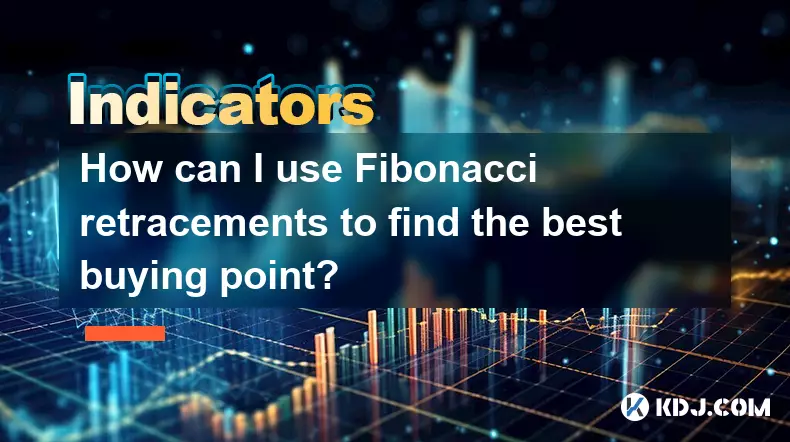
Understanding Fibonacci Retracements in Crypto Trading
1. Fibonacci retracements are derived from the Fibonacci sequence, a mathematical pattern found throughout nature and financial markets. Traders use horizontal lines to indicate potential support and resistance levels based on key Fibonacci ratios: 23.6%, 38.2%, 50%, 61.8%, and 78.6%. These percentages represent how much of a prior move the price has retraced.
2. In the volatile world of cryptocurrency, these levels help traders identify where prices might pause or reverse during a pullback within a larger trend. The tool is applied by selecting a significant swing low to swing high in an uptrend, or swing high to swing low in a downtrend.
3. The 61.8% level, often referred to as the 'golden ratio,' is considered one of the most reliable zones for reversals. Many experienced crypto traders watch this level closely when assessing potential entry points after a strong rally.
4. While not a standalone indicator, Fibonacci retracements become more effective when combined with volume analysis, candlestick patterns, and moving averages. This confluence increases the probability of a successful trade setup.
5. It's crucial to remember that these levels are not exact prices but rather zones where buyer interest may increase. Market psychology plays a large role, as many traders act simultaneously at these widely followed levels.
Identifying Optimal Entry Points Using Fibonacci Levels
1. Begin by identifying a clear price swing—either from a major bottom to top in an uptrend. Accurate anchoring ensures the retracement levels reflect genuine market structure.
2. Once drawn, observe how price interacts with each Fibonacci level. A shallow retracement to the 38.2% zone often indicates strong bullish momentum, suggesting early accumulation could be favorable.
3. The 50% to 61.8% range frequently acts as a high-probability buying zone in healthy bull trends, especially when supported by rising volume and bullish candlestick formations like hammers or engulfing patterns.
4. Avoid entering trades solely based on reaching a Fibonacci level. Confirm with additional signals such as RSI divergence, MACD crossovers, or order book depth showing strong bid walls.
5. Set stop-loss orders just below the 78.6% retracement or the recent swing low to manage risk effectively. This protects capital if the trend fails and the correction turns into a reversal.
Combining Fibonacci with Other Technical Tools
1. Integrate moving averages like the 50-day or 200-day SMA to assess whether the overall trend aligns with the retracement signal. Buying near a Fibonacci level that coincides with a rising long-term average improves odds.
2. Use Bollinger Bands to determine volatility compression. When price pulls back toward the middle band and aligns with a key Fibonacci level, it may signal a resumption of the prior move.
3. Order flow data from exchanges can validate Fibonacci zones—large buy walls appearing at the 61.8% level on depth charts reinforce institutional interest at that price.
4. Chart patterns such as flags, pennants, or double bottoms forming near Fibonacci supports offer additional confirmation. These structures suggest consolidation before continuation.
5. Time-based Fibonacci projections (extensions) can also help anticipate where the next leg of the move might reach, allowing traders to set realistic profit targets after entering at a retracement level.
Frequently Asked Questions
What timeframes work best for Fibonacci retracements in crypto?Higher timeframes like daily or weekly charts provide stronger and more reliable Fibonacci levels due to greater participation and reduced noise. Short-term traders may use 4-hour or 1-hour frames but should confirm with higher-timeframe alignment.
Can Fibonacci retracements fail in cryptocurrency markets?Yes, especially during news-driven events, exchange outages, or extreme volatility like flash crashes. When multiple exchanges show rapid liquidations, technical levels including Fibonacci can be temporarily ignored until stability returns.
Should I use Fibonacci on all cryptocurrencies?Larger-cap assets like Bitcoin and Ethereum tend to respect technical levels more consistently due to deeper liquidity and broader trader attention. Low-cap altcoins with thin order books may disregard Fibonacci zones more frequently.
How do I adjust Fibonacci levels during ongoing trends?As new swing highs or lows form, redraw the retracement tool to reflect updated market structure. Sticking to outdated levels can lead to false signals. Always ensure your anchor points reflect the most recent impulse move.
Disclaimer:info@kdj.com
The information provided is not trading advice. kdj.com does not assume any responsibility for any investments made based on the information provided in this article. Cryptocurrencies are highly volatile and it is highly recommended that you invest with caution after thorough research!
If you believe that the content used on this website infringes your copyright, please contact us immediately (info@kdj.com) and we will delete it promptly.
- AlphaTON's Bold Bet: Toncoin, Balance Sheets, and the Future of Digital Treasuries
- 2025-09-27 04:45:15
- Crypto Kidnapping in Minnesota: A New York Minute Breakdown of the $8 Million Heist
- 2025-09-27 04:25:14
- Avalanche, RUVI, and the Altcoin Rush: What's Fueling the Fire?
- 2025-09-27 04:25:14
- Optimism's Breakdown: Navigating Support Zones for the Next Move
- 2025-09-27 04:45:15
- Linea Price Surges as SWIFT Pilots Blockchain Messaging: A New Era for Global Payments?
- 2025-09-27 04:50:01
- Dogecoin Price Prediction & Crypto Buy: Navigating the Meme Coin Maze
- 2025-09-27 04:50:01
Related knowledge
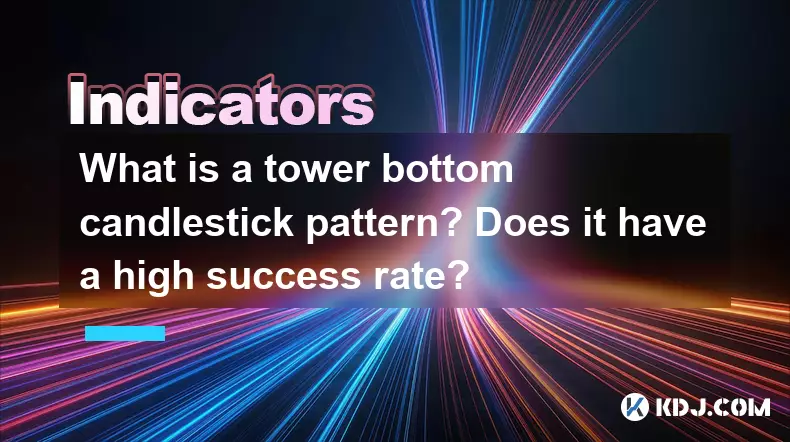
What is a tower bottom candlestick pattern? Does it have a high success rate?
Sep 22,2025 at 07:18am
Tower Bottom Candlestick Pattern Explained1. The tower bottom candlestick pattern is a reversal formation that typically appears at the end of a downt...
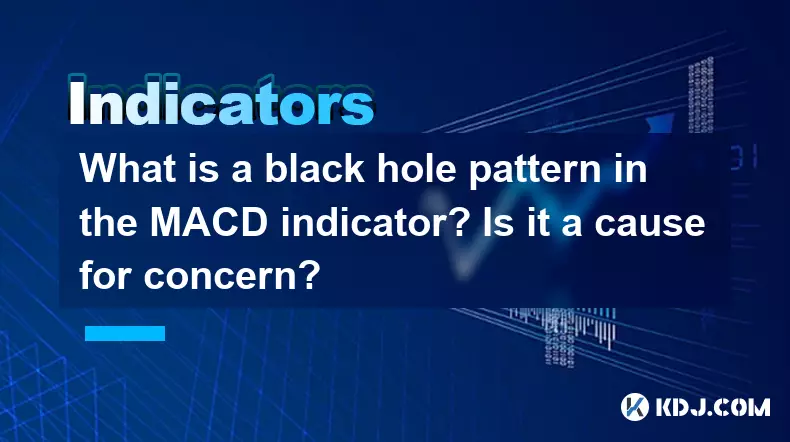
What is a black hole pattern in the MACD indicator? Is it a cause for concern?
Sep 21,2025 at 06:54pm
Bitcoin's Role in Decentralized Finance1. Bitcoin remains the cornerstone of decentralized finance, serving as a benchmark for value and security acro...

How can I use the psychological line (PSY) to determine market sentiment?
Sep 17,2025 at 02:19pm
Understanding the Psychological Line (PSY) in Cryptocurrency TradingThe Psychological Line, commonly referred to as PSY, is a momentum oscillator used...
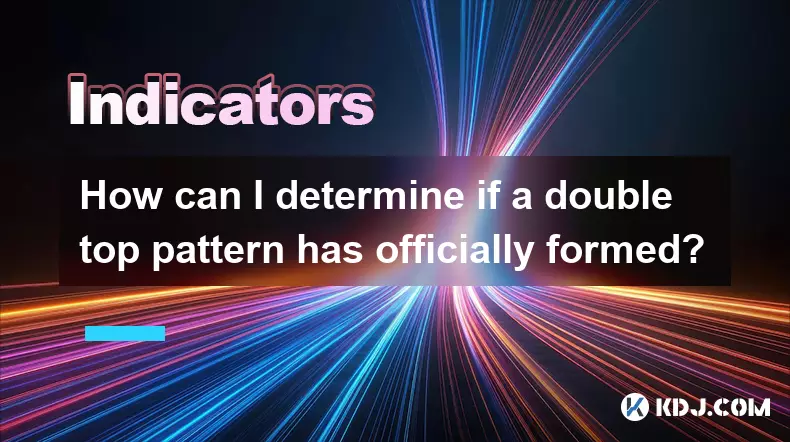
How can I determine if a double top pattern has officially formed?
Sep 21,2025 at 03:18am
Understanding the Structure of a Double Top Pattern1. A double top pattern consists of two distinct peaks that reach approximately the same price leve...
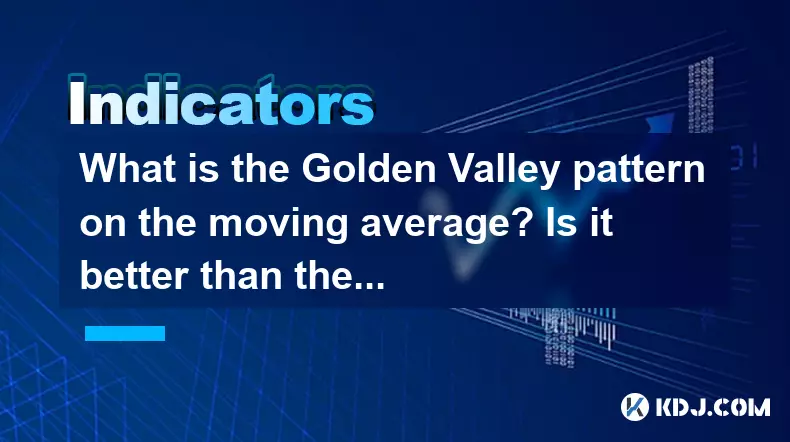
What is the Golden Valley pattern on the moving average? Is it better than the Silver Valley pattern?
Sep 21,2025 at 02:54pm
Understanding the Golden Valley Pattern in Moving Averages1. The Golden Valley pattern is a technical formation observed in cryptocurrency price chart...

What does a death cross of the RSI in the strong zone (above 50) mean?
Sep 17,2025 at 10:54pm
Understanding the Death Cross in RSI Context1. The term 'death cross' is traditionally associated with moving averages, where a short-term average cro...

What is a tower bottom candlestick pattern? Does it have a high success rate?
Sep 22,2025 at 07:18am
Tower Bottom Candlestick Pattern Explained1. The tower bottom candlestick pattern is a reversal formation that typically appears at the end of a downt...

What is a black hole pattern in the MACD indicator? Is it a cause for concern?
Sep 21,2025 at 06:54pm
Bitcoin's Role in Decentralized Finance1. Bitcoin remains the cornerstone of decentralized finance, serving as a benchmark for value and security acro...

How can I use the psychological line (PSY) to determine market sentiment?
Sep 17,2025 at 02:19pm
Understanding the Psychological Line (PSY) in Cryptocurrency TradingThe Psychological Line, commonly referred to as PSY, is a momentum oscillator used...

How can I determine if a double top pattern has officially formed?
Sep 21,2025 at 03:18am
Understanding the Structure of a Double Top Pattern1. A double top pattern consists of two distinct peaks that reach approximately the same price leve...

What is the Golden Valley pattern on the moving average? Is it better than the Silver Valley pattern?
Sep 21,2025 at 02:54pm
Understanding the Golden Valley Pattern in Moving Averages1. The Golden Valley pattern is a technical formation observed in cryptocurrency price chart...

What does a death cross of the RSI in the strong zone (above 50) mean?
Sep 17,2025 at 10:54pm
Understanding the Death Cross in RSI Context1. The term 'death cross' is traditionally associated with moving averages, where a short-term average cro...
See all articles










































































